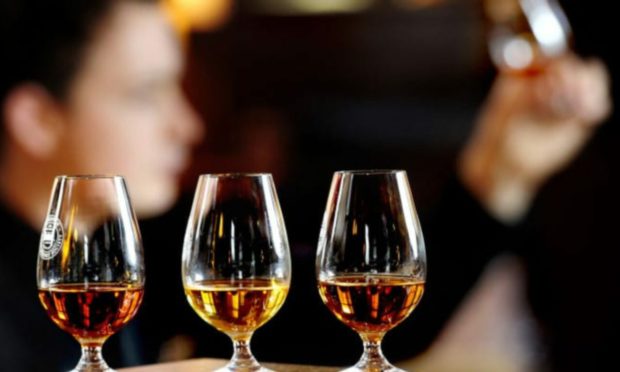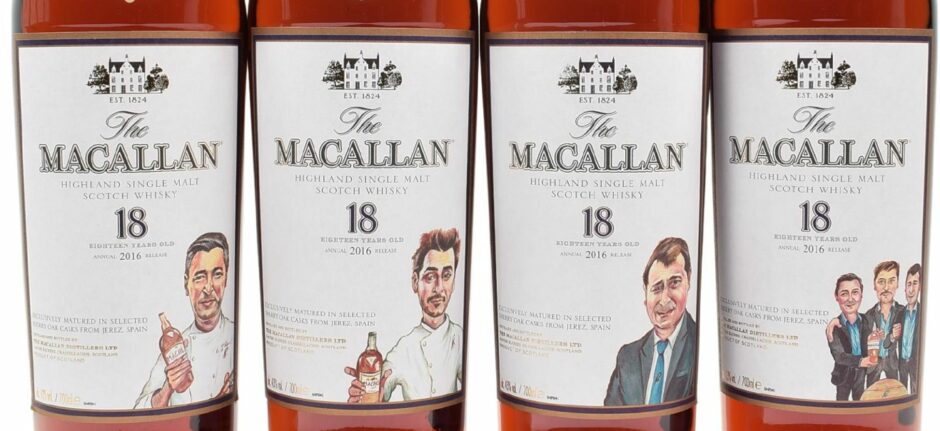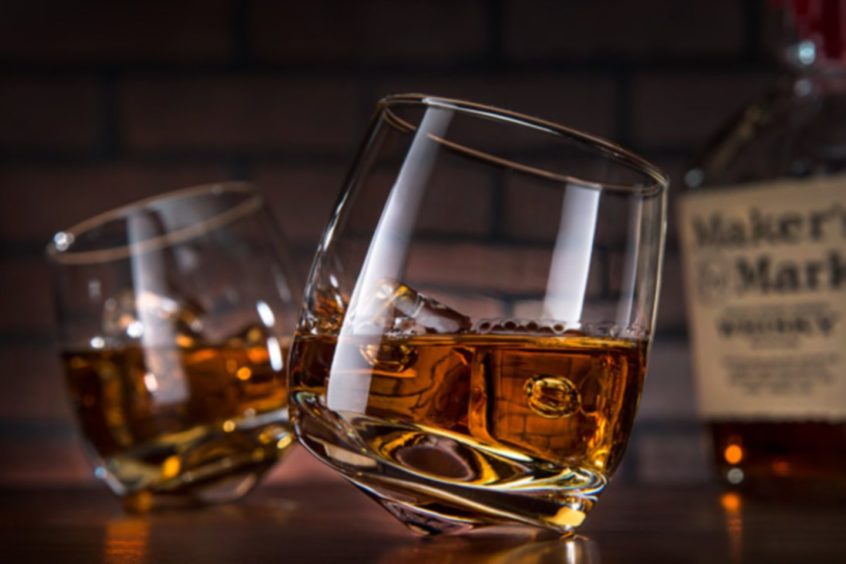Whisky is a symbol of Scottish craftsmanship and tradition, of durability and reliability.
And though it hasn’t been around forever, it has been recognised throughout history. Its documented story begins in 1494, and tax records of the day show that a friar acquired eight bolls – about 2,500lbs – of malted barley, “wherewith to make aqua vitae”.
Although distillation processes may have changed over time, the value of this commodity has been driven by demand and maturation.
As global appreciation of whisky has flourished, people are gradually discovering that limited edition and maturing casks from the most globally renowned distilleries may bring in top returns for those willing to hold onto their investment.
Why whisky and why now?
The global landscape of investments has changed dramatically in recent years, with the general public now having a greater ability to take trading into their own hands, and buy and sell a range of commodities through online platforms and investment advisors.
Technology has led the way in a virtual environment to allow people to discover new and interesting markets which have previously not been explored.
Last year highlighted the global volatility of stock markets and poor returns on extremely low interest rates, driving investors to diversify their portfolios.
More than just a drink
One way of mitigating the risk of investments is to purchase luxury commodities which appreciate in price over the years.
It has become increasingly common for people to invest in classic cars, coins, watches and artwork, while other commodities have not been considered as viable investment opportunities.
But it is now becoming more apparent than ever that assets previously deemed to be merely consumer goods have great potential for long-term investors.
One such luxury commodity is whisky, which is showing great potential as an investment asset.
Firstly, like fine wine, demand outstrips supply. Whisky that is collectible is also in demand for consumers, so a substantial part of any limited edition bottling will swiftly become even more limited as much of it is drunk by dedicated whisky lovers.
Whisky is bottled after a period of maturation in oak barrels. Legally, this is a minimum of three years, but in practice most whiskies are matured for a minimum of eight years in order for them to develop their character.
Distilleries will usually have a “house style”, represented by a mass-produced bottling of a relatively young malt – such as Glenmorangie’s popular 10-year-old.
But they will often also bottle older whiskies such as a 15 or 21-year-old. They may bottle the product of a particular cask of vintage whisky, or they might offer different expressions of the whisky – such as a “port wood” or “sherry wood” finish’.
Whisky due diligence
These different expressions of the whisky and older malts are the ones that are of interest to investors – production is limited, and they are highly prized by collectors and consumers alike.
Whiskies from some distilleries are much more collectible than others, so it is important to do due diligence on what will be desirable in the marketplace in a few years’ time when you seek to sell your whiskies on.
It is, of course, extremely important to make sure you’re in the best hands and have access to the best platforms in order for your investment to flourish.
There are some well-known distilleries which already have a reputation for investable whisky. These include Macallan, Dalmore and Springbank, with which Elite Wine & Whisky has strong relationships.
Collectability and rarity is extremely important when considering investing in whisky, so choosing the right distillery and age of cask or bottle is important.
Whether or not you’re a passionate whisky drinker, taking the plunge into whisky investment is extremely simple with the help of a financial expert. Once you have all the tools to make a well-informed choice, the returns can be just as fruitful as the drinking.
Nick Green is executive director of Elite Wine & Whisky, a drink-focused investment specialist.
Whisky market’s ‘extraordinary’ year
There was an extraordinary increase of between 15-20% on rare whisky bottle values last year, ensuring their content outperformed more established alternative asset investments such as watches, art and cars.
In the past couple of years we have witnessed some incredible whisky sales, including the following: An individual bottle of Macallan 1926 broke records at auction, selling for £1.5 million.
A cask of Macallan distilled in 1989 sold for $572,000 (£414,000) last year – a record price for a maturing cask of whisky.
Accelerating growth
The Whisky Cask Index, a study by Cask 88, Braeburn Whisky and WhiskyStats.net, shows 13% year-on-year growth, with the rate at which casks appreciate annually also on the rise.
This appreciating rate can be attributed to the positive impact of both the maturity of the whisky, as well as a response to growing demand as supply is sold into a more diverse range of global markets.
The top 10 distilleries by capital growth are as follows; Laphroaig, Bunnahabhain, Staoisha, Macallan, Highland Park, Caol Ila, Springbank, Benriach, Bowmore and Jura.
Forecasts range from annual capital growth of 5.13% for a small producer, Ardmore, to larger-scale distlleries such as Laphroaig and Macallan, with projected returns approaching 20% per annum.
The top distillery by predicted annual growth is Islay-based Laphroaig, for which demand is continually outpacing supply.
The next two distilleries in the league table are also on Islay, with both Bunnahabhain and Staoisha showcasing the popularity of this region.
In terms of distillery territories, it is worth noting that whisky produced on Scottish islands dominate the top 10 in the capital growth league table with only Macallan, Springbank and BenRiach representing mainland distilleries in this comparative list.
If overall market growth continues at a comparable rate, the data suggests investments in casks from one of the top 10 distilleries that Elite Wine & Whisky has access to could double in value over the next five years.
Is the oil and gas industry a risky investment?
International buyers raise £138,000 at auction for rare Islay whiskies




